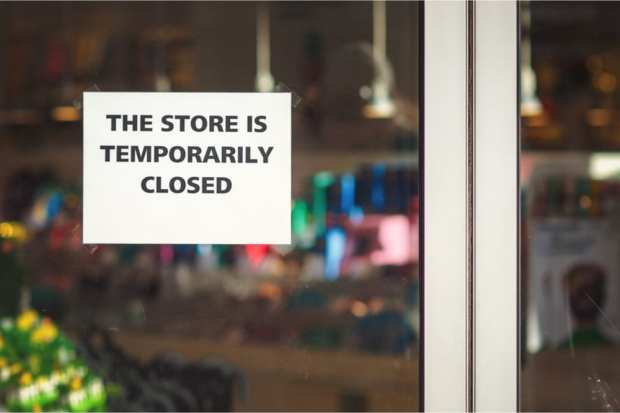March Retail Sales’ 8.7 Pct Decline Predicts A Cruel April

The U.S. Department of Commerce released its retail sales results for March, showing record-setting declines due to changes in consumer behavior and the COVID-19 lockdown. Overall sales fell 8.7 percent from March, the biggest decline since 1992. With some analysts estimating a 4 to 24 percent drop the number was surprisingly low. But in the details, retailers can see the damage done to some sectors and the advantage gained by others.
Eight of 13 major categories showed decreases in the report, some dramatic, especially considering that enforced retail closures checked in around mid-month in most states. Clothing stores dropped 50.5 percent; furniture dropped 26.8 percent. While the overall number broke records on the negative side, binge-buying put food and beverage at a record 25.6 increase.
The retail sales figures are usually effective barometers by which retailers can benchmark inventory levels and predict future spend. However, the unprecedented nature of the COVID-19 crisis make these numbers difficult to act on. Without stores open, and with eCommerce showing signs of growth that aren’t reflected in this report, the March figures are a mirror of declining overall retail spend. The numbers do show that consumer spending was down, and economists are forecasting it will lead to an annualized rate of a 6 percent contraction for Q1. That would be the weakest performance since Q2 1980.
By comparison, consumer spending grew at a 1.8 percent pace in Q4 on a quarter-to-quarter comparison. Economists are predicting even worse numbers for April and Q2 with estimates as low as a 41 percent drop in spending, despite the arrival of stimulus checks and the potential of other government programs finally giving retailers some relief amid the coronavirus pandemic.
“With clear signs of panic buying of necessities and the fact that lockdowns were introduced only around the middle of the month means that far worse is to come in April and the second quarter more generally,” Capital Economics Senior U.S. Economist Michael Pearce wrote in a note Wednesday.
Credit Suisse economist James Sweeney agreed. “March should mark only the beginning of a recessionary decline in consumption and the decline is likely to intensify in April. Overall we expect consumption to fall by 17.5% QoQ annualized in Q2, the worst quarter since WWII,” Sweeney wrote in a note April 9.
“In general consumer spending is going to look about as bad as it has ever been, although there will be some categories of resilience,” Tim Quinlan, a senior economist at Wells Fargo Securities in Charlotte, North Carolina told CNBC. “The panic buying at grocery stores cannot offset the retrenchment in spending that we will see in other categories.”
